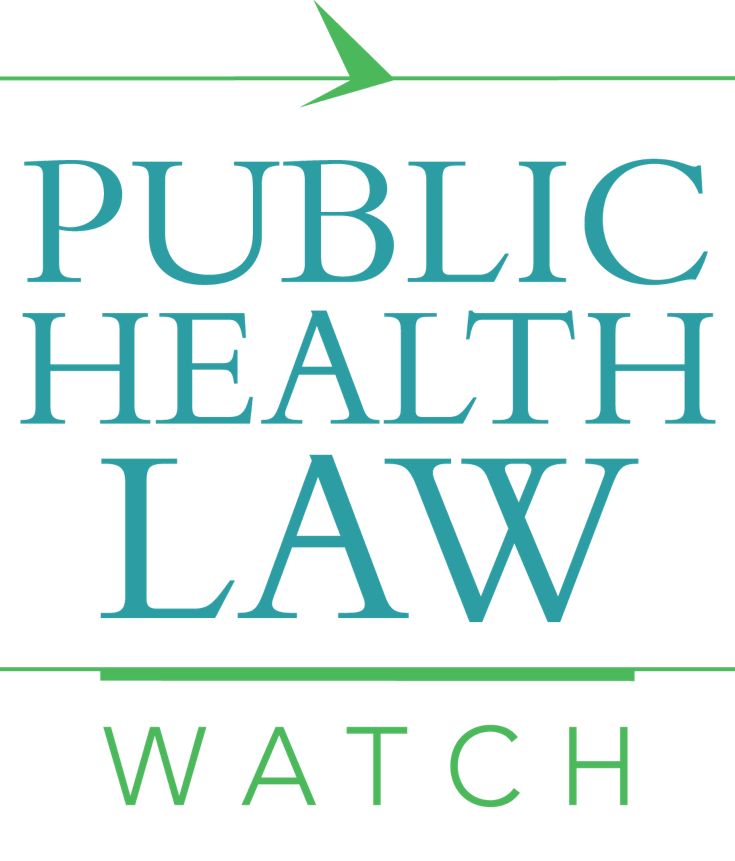Emerging policy proposals from the Trump administration would exacerbate U.S. affordable housing crisis, heightening heath inequities. On February 12, the Trump administration released its 2019 budget proposal, advocating for deep cuts to already chronically underfunded housing programs, as well as drastic rent increases and reforms to encourage “work and self-sufficiency” for low-income individuals and families receiving rental assistance. Draft legislation (1) leaked from the Department of Housing and Urban Development (HUD) earlier this month articulated these proposals in greater depth.
Affordable, adequate, and stable housing is fundamental to physical and behavioral health. Housing stability empowers individuals to maintain health care access, properly store medications, and lead healthier lives. In contrast, housing instability and homelessness are immense barriers to health, creating new health problems and magnifying existing ones. Low-income families and individuals burdened by housing costs must sacrifice other vital health-related needs, from healthy food to health care. People living in unsafe and crowded shelters or on the streets are at increased risk of hospital and emergency department utilization, communicable conditions, and death from drug overdose. There is no health equity without housing equity.
If unaffordable housing and homelessness are public health issues, then the U.S. is experiencing a full-on public health crisis, with no state or city left unscathed. Last year, the National Low Income Housing Coalition found that the U.S. has a shortage of 7.4 million affordable (2) and available rental homes for extremely low-income households (3), with only 35 units for every 100 households. Total homelessness increased for the first time in seven years. On a single night, more than half a million individuals were sleeping on the streets, in shelters, or in their cars.
Under current funding levels, only 1 in 4 low-income households eligible for federal rental assistance receive it, and many sit on waiting lists for years. Yet, the Trump administration’s budget request asks Congress to slash discretionary HUD funding by $8.8 billion or 18.3 percent compared to 2017 enacted levels. This would gut existing resources, eliminating at least 200,000 housing vouchers alongside other aids and placing thousands of families receiving assistance on the road to eviction or even homelessness.
Those maintaining housing assistance would weather significant rent increases, leaving less income for food, health care, and other basic health-related needs. Under current law, families receiving housing assistance generally pay the 30 percent of their adjusted income or 10 percent of their gross income for rent, whichever is higher. The draft legislation would dramatically increase minimum housing costs. At a minimum, elderly and disabled families would pay the greater of 30 percent of monthly gross income or $50 in monthly rent. Other families would pay at least 35 percent of gross income or $152.25 in monthly rent, whichever is higher. Public housing agencies and project-based housing providers could increase rent up to 50 percent of monthly gross income. Because the legislation would also eliminate key deductions for necessities in the calculation of rent contribution, families with high unreimbursed medical or child care expenses—both excluded from adjusted income under current law—could be hit the hardest.
The draft legislation obtained by the author would also grant housing providers broad authority to impose arbitrary work requirements on residents, mirroring similar pushes in Medicaid and the Supplemental Nutrition Assistance Program. Public housing agencies and project-based Section 8 housing providers could require up to an average of 32 hours per week per adult on all or a portion of families occupying dwelling units. These proposals ignore the reality that 9 in 10 households receiving HUD rental assistance are elderly, disabled, working, or receive Temporary Assistance for Needy Families (TANF) assistance. In 2016, 57 percent of households who received federal housing assistance were elderly or disabled. Seventy-four percent of non-disabled and working-age households worked or were TANF recipients largely subject to work requirements. Myriad barriers ranging from severe and chronic health conditions to caregiving responsibilities and irregular work scheduling can explain why the remaining families struggle to secure and sustain employment. Imposing punitive work requirements on these families will not lift them out of poverty. It will sever a lifeline.
If the administration were serious about promoting sound public health policy and self-sufficiency, fighting the opioid epidemic, and improving the efficiency and effectiveness of administrative services across government, it would ensure adequate housing assistance for those in need. Instead, its housing policy proposals fight fire with lighter fluid, cutting and creating new barriers to critical health-related resources when America needs them most.
(1) On file with author.
(2) The federal standard for affordable housing is that no more than 30% of a household’s gross income should be spent on rent and utilities.
(3) “Extremely low-income families” are those whose incomes do not exceed the higher of the Federal poverty level or 30 percent of Area Median Income.
